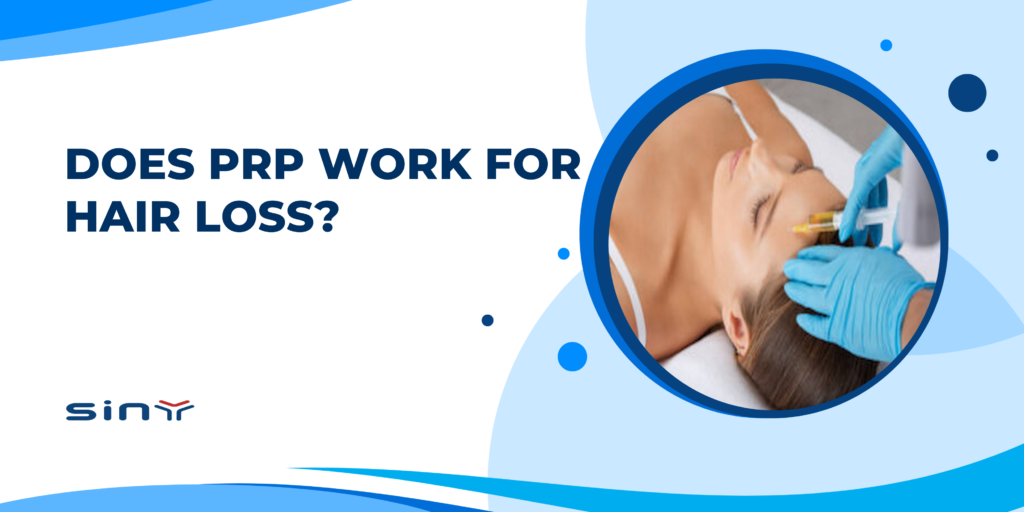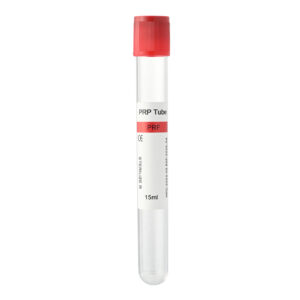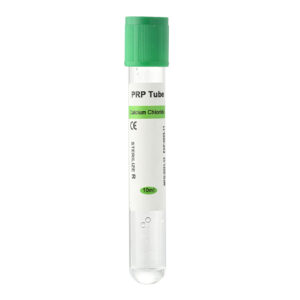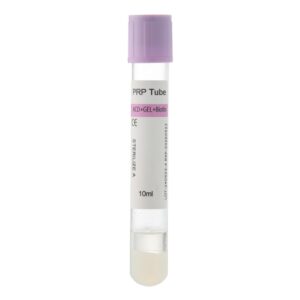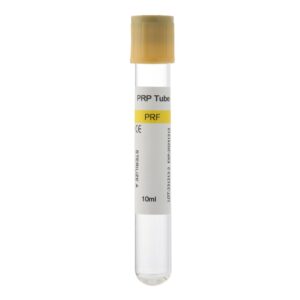In the field of modern hair restoration, the question “Does PRP work for hair loss?” has drawn increasing attention. With the advancement of regenerative medicine, PRP (Platelet-Rich Plasma) therapy has emerged as a non-surgical and low-risk treatment option. By activating the body’s repair mechanisms, PRP offers a promising approach for androgenetic alopecia, female pattern hair loss, alopecia areata, and more. But how effective is PRP really for treating hair loss? This article will explore its mechanism, safety, ideal candidates, and frequently asked questions.
What Is PRP and Why Is It Used for Hair Loss?
PRP is a concentrated plasma extracted from the patient’s blood, rich in growth factors such as PDGF, VEGF, EGF, and IGF-1. These components play a crucial role in tissue repair and regeneration.
When injected into the scalp, PRP stimulates dormant hair follicles, improves blood supply, and prolongs the hair growth cycle. It is particularly effective in patients with early to mid-stage hair thinning, where follicles are still viable and responsive.

Who Benefits the Most When PRP Works for Hair Loss?
PRP therapy is not suitable for all types of hair loss, but it shows a good response in the following groups:
- Androgenetic Alopecia: The most common indication for PRP; affects both men and women, especially in the early stages.
- Female Pattern Hair Loss: Helpful in cases caused by hormonal imbalance, post-partum shedding, or stress-related hair thinning.
- Alopecia Areata: Some patients respond positively, especially with localized injections.
- Post-transplant Support: PRP enhances follicle survival and accelerates regrowth after hair transplant procedures.
The Science Behind PRP for Hair Loss
To fully understand how PRP works for hair loss, it’s essential to look at its biological mechanisms. Hair follicles rely on a delicate balance of signals for growth and regeneration. PRP helps support this environment through:
- Cellular Proliferation: Growth factors like PDGF and IGF-1 stimulate dermal papilla cells, which regulate follicle activity.
- Prolonged Anagen Phase: PRP encourages follicles to remain in the active growth phase, reducing shedding.
- Anti-Inflammatory Effects: TGF-β in PRP may reduce scalp inflammation, which can contribute to hair loss.
- Scalp Tissue Repair: EGF promotes epithelial regeneration, improving the health of the scalp.
Treatment Protocol and Expected Results
PRP therapy is not a one-time fix—it requires a structured treatment plan. Typically:
- Initial Phase: One session every 4–6 weeks, for a total of 3–6 treatments.
- Maintenance Phase: One session every 6–12 months, to preserve results and keep follicles active.
Clinical observations show that most patients begin to notice results after 2–3 sessions, including:
- Reduced hair shedding;
- Increased hair density and thickness;
- Faster regrowth in previously thinned areas;
- Overall improvement in scalp health.
Individual results may vary depending on age, genetics, hair loss severity, and treatment quality.
Is PRP Safe? What Are the Side Effects?
PRP is prepared using the patient’s blood, without synthetic additives or medications, making it a safe and biocompatible option. The procedure involves micro-injections and requires no downtime or hospitalization.
Possible minor side effects include:
- Temporary swelling or redness at the injection site;
- Mild scalp tightness or discomfort;
- Temporary shedding (telogen effluvium) in some cases, as dormant follicles transition to active growth.
These effects are usually mild and resolve within a few days.
Comparing PRP to Other Hair Loss Treatments
To better understand how PRP works for hair loss, it helps to compare it with other common therapies:
- Minoxidil: A topical treatment requiring long-term use; may irritate sensitive scalps.
- Finasteride: An oral drug used for male pattern baldness; may carry hormonal side effects.
- Hair Transplant Surgery: A structural solution; effective but invasive, costly, and requires recovery time.
- PRP Therapy: Minimally invasive, regenerative, and well-suited for patients not ready for surgery or looking for natural alternatives.
PRP can also be combined with other treatments to enhance results under professional guidance.
FAQ – Frequently Asked Questions
Q1: How long does it take for PRP to show results?
A: Most patients notice early improvement after 2–3 sessions, with more significant changes after completing the full course.
Q2: Is PRP suitable for all types of hair loss?
A: No. PRP works best in cases with still-active follicles. It is less effective for patients with complete baldness or follicular scarring.
Q3: What should I avoid after treatment?
A: Avoid washing hair, exercising, or using harsh scalp products within 24 hours after treatment.
Q4: Can PRP cause more hair to fall out?
A: Some shedding may occur early in treatment due to follicle cycling. This is temporary and usually followed by regrowth.
Summary
Based on current research and clinical feedback, the answer to “does PRP work for hair loss?” is yes, for the right candidate. PRP offers a safe, natural, and effective alternative to invasive hair restoration methods. Its regenerative potential makes it especially attractive to patients in the early stages of hair thinning who want to prevent further loss.
If you want to learn more about the PRP tubes, centrifuges, and other medical supplies used in this therapy, visit the Siny PRP Official Website or the Siny Medical Official Website. We offer a full range of high-quality PRP consumables and equipment to support clinics and professionals worldwide.

